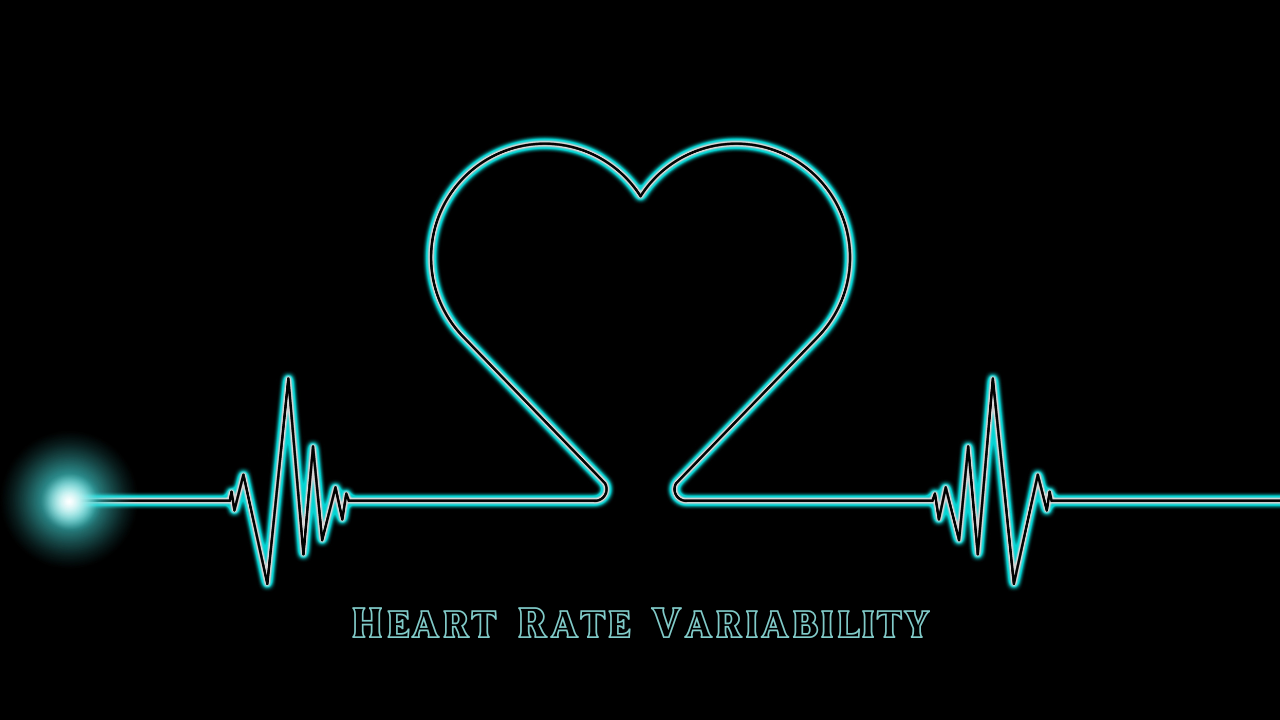Overview
Heart Rate Variability (HRV) has become a hot topic in exercise science—and for good reason. Like VO2 Max, HRV is a strong predictor of overall health and recovery. In this post, I’ll break down what HRV is, why it matters, and how you can improve it.
What Is HRV?
HRV stands for heart rate variability—the variation in time between each heartbeat. In simple terms, it’s the small differences in timing between heartbeats. These changes reflect how your autonomic nervous system (ANS) is functioning, balancing your sympathetic (fight-or-flight) and parasympathetic (rest-and-digest) signals.
A higher HRV generally means your body is more adaptable and resilient to stress. It’s also associated with better cognitive function and nervous system health.
🔍 Important: Extremely high HRV can be a sign of conditions like atrial fibrillation, while consistently low HRV is often linked to illness, chronic stress, or inactivity.
In general:
-
Low HRV = stress, fatigue, poor health
-
High HRV = recovery, adaptability, good health
HRV and Sleep
Sleep is one of the most important factors for long-term health—and HRV reflects that. During deep sleep, HRV tends to rise. During REM sleep, it decreases. This fluctuation helps restore balance in your nervous system.
Poor sleep habits often lead to lower HRV, which can signal that the body is under too much strain. A study found that people with self-reported poor sleep had significantly lower HRV compared to those with quality sleep.
Tips to Improve HRV Through Better Sleep:
-
Go to sleep 8 hours before sunrise
-
Wake up with the sun
-
Limit screens before bed
-
Clear your mind—try journaling, prayer, or meditation
👉 For more, check out our article:
“Unlock the Secrets to Better Sleep.”
HRV and Fitness
The better shape you’re in, the higher your HRV tends to be—especially at rest. Aerobic athletes, like long-distance runners, typically have higher HRV. Research shows that regular endurance training can even slow the age-related decline in HRV.
As with VO2 Max, building your HRV comes down to consistent aerobic work, plus solid recovery practices like nutrition, hydration, and sleep.
For those in high-stress roles—like first responders, tactical athletes, or military—tracking HRV can be especially useful for managing load, recovery, and performance.
📈 A systematic review found that higher HRV is linked to better physical fitness, work capacity, and overall resilience.
How to Use HRV in Training
If your HRV drops suddenly, it could mean you're overtraining, fatigued, or under-recovered. That’s why many athletes check HRV first thing in the morning to assess readiness for training.
Daily HRV Tracking Tips:
-
Measure HRV upon waking
-
Use a chest strap for best accuracy
-
Compare daily trends, not just one-off numbers
-
Use it to adjust training intensity or rest days
Conclusion
HRV is a powerful indicator of your cardiovascular and nervous system health, stress levels, and recovery status. It’s a simple way to monitor how well your body is coping with training, sleep, and life in general.
But keep in mind:
-
Too high can mean something’s wrong
-
Too low often signals stress or illness
-
Moderate to high HRV, when consistent, is usually a good sign
Don’t rely on HRV alone—but use it as a daily feedback tool to help you optimize health, performance, and recovery.





Leave a comment
This site is protected by hCaptcha and the hCaptcha Privacy Policy and Terms of Service apply.